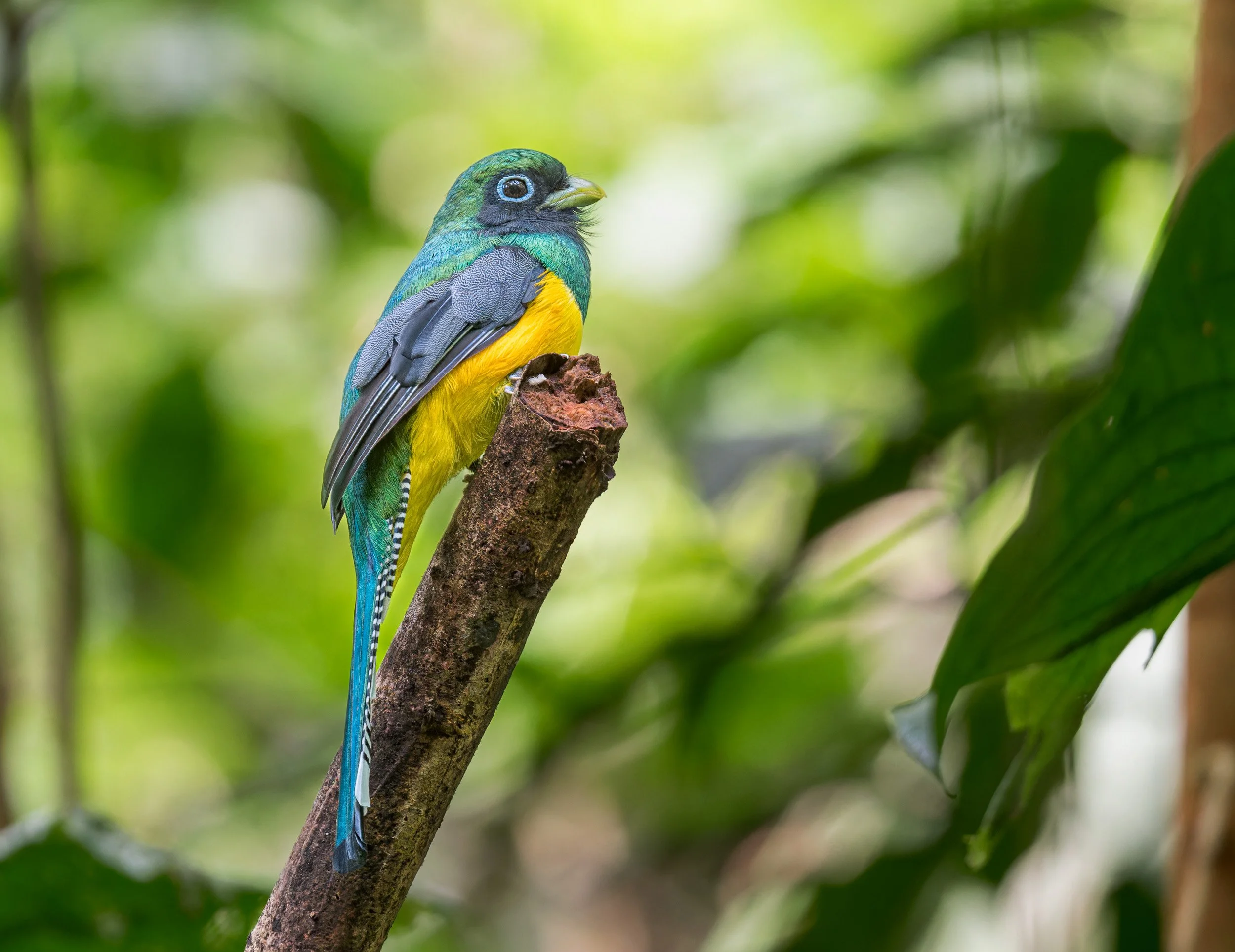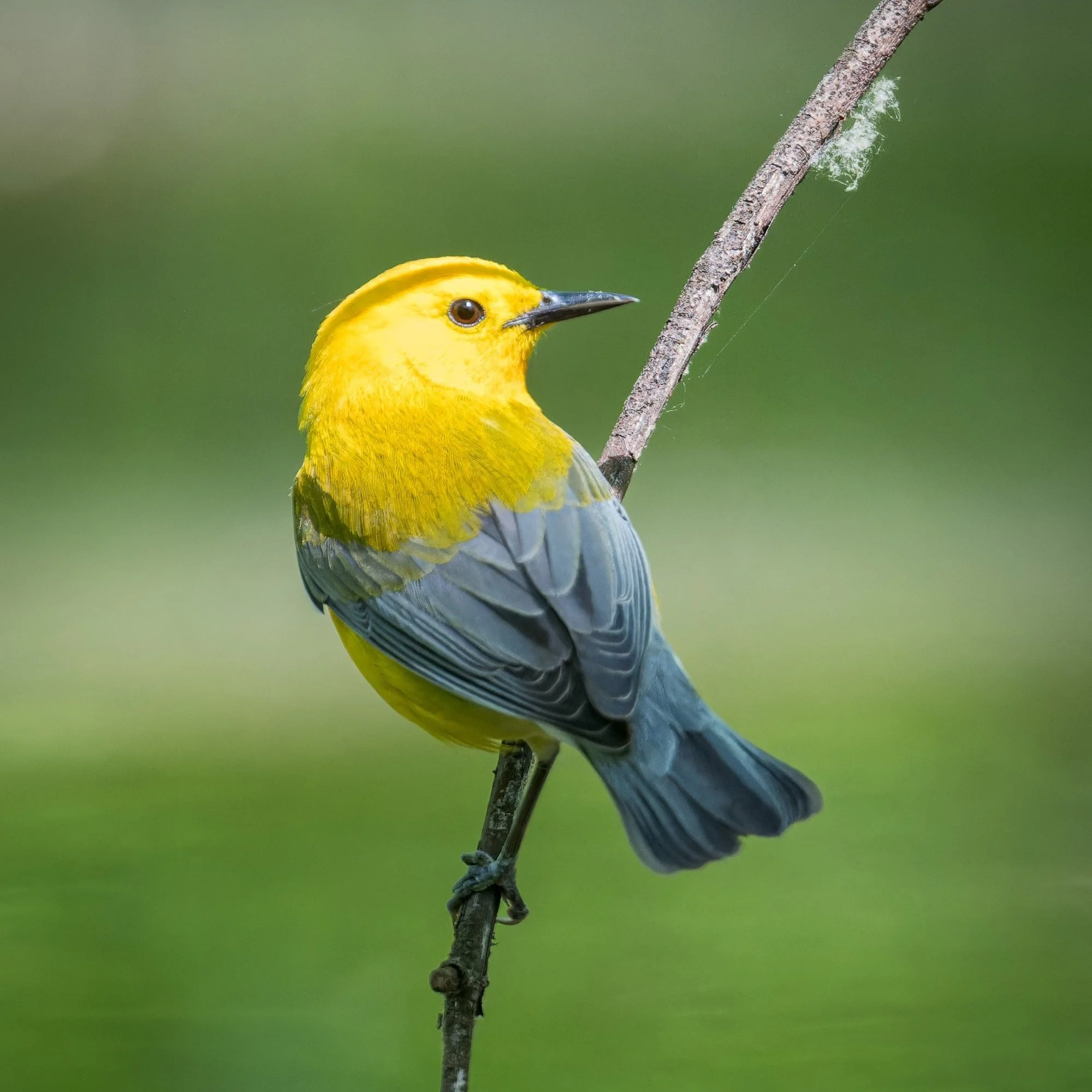These prehistoric-looking smooth-billed anis are members of the cuckoo family, a diverse group that also includes roadrunners. This pair, having found an elevated perch from which they can survey the grassy areas where they forage, is engaged in “sentinel” behavior. The rest of their small group is busy plucking insects from the foliage below, while these two keep a look-out for predators, just one example of how these birds connect and cooperate. Anis are communal nesters, an unusual arrangement for birds where all members of the group help build a single nest that is then used by several females. All the parents take turns incubating the eggs, but the dominant male always takes the night shift. He sits in the nest from dusk until dawn while the others sleep nearby. When the eggs hatch, everyone helps feed and incubate the young, even group members who are unrelated to the nestlings. These odd-looking glossy black birds are not merely individuals looking out for themselves. Each ani is a link in an unbroken chain of cooperative spirit flowing from one generation to the next, sharing roles and resources, thriving through connection.
SMOOTH-BILLED ANI (Crotophaga ani)




















